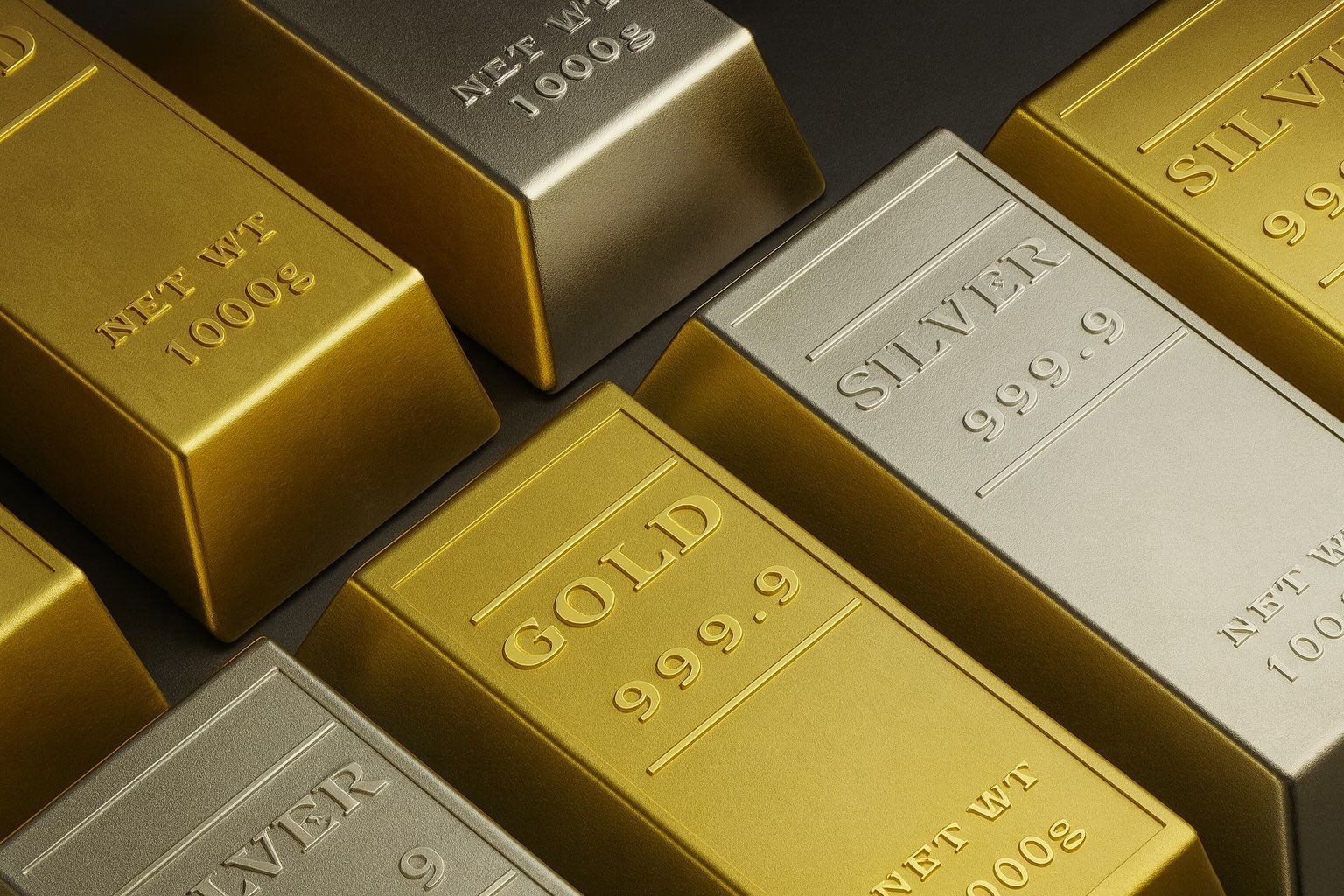As of September 26, 2025, the precious metals market is witnessing significant movements, particularly in gold and silver prices. Spot gold is trading around $3,778 per ounce, reflecting an increase of approximately 0.8% for the day and about 2.5% for the week. Silver, on the other hand, is hovering near $46.4 per ounce, marking a 14-year high. This article delves into the factors influencing these price movements, macroeconomic catalysts, and market dynamics.
Current Price Overview
Gold has shown resilience, firming up after the August Personal Consumption Expenditures (PCE) inflation data aligned with market expectations. By early afternoon in New York, gold prices reached $3,778 per ounce, while December futures settled around $3,809. Silver’s ascent to approximately $46.4 per ounce is particularly noteworthy, as it represents the highest price point since 2011.
Recent Highs
This week has been remarkable for both metals. Gold set a new all-time intraday record of about $3,791 on Tuesday, while silver broke through the $45 mark for the first time in over a decade. These milestones underscore the growing investor interest in precious metals as safe-haven assets amid economic uncertainty.
Macro Catalysts Driving Prices
Inflation Data and Federal Reserve Policy
The core PCE inflation rate for August was reported at around 2.9% year-over-year, consistent with forecasts. This data has bolstered expectations for further Federal Reserve rate cuts, with market-implied odds for an October cut standing at approximately 88%. The next Federal Open Market Committee (FOMC) meeting is scheduled for October 28-29, where further monetary policy adjustments may be discussed.
Policy Shocks: Tariffs and Safe-Haven Demand
A newly announced U.S. tariff package, which includes a 100% tariff on patented drugs and a 25% tariff on heavy trucks, has added to the uncertainty in the market. Such policy shifts typically drive investors toward safe-haven assets like gold and silver, further supporting their prices.
Regional Market Dynamics
Asia’s Physical Market
In Asia, the dynamics between supply and demand are diverging. In China, dealers have widened discounts to between $31 and $71 per ounce compared to global prices, indicating a softening retail demand. Conversely, in India, buyers are paying premiums of up to $7 per ounce over official prices, driven by record-high local prices ahead of the festival season.
Investment Trends and Central Bank Demand
The rally in gold prices can be attributed to heavy central bank buying, with annual totals exceeding 1,000 tonnes since 2022. Additionally, there has been a revival of exchange-traded fund (ETF) inflows in the first half of 2025, further propelling demand for gold.
Silver’s Unique Fundamentals
The Silver Institute projects a significant market deficit of approximately 149 million ounces in 2025, alongside record industrial demand, particularly from the solar sector. This demand is expected to keep silver prices buoyant, although manufacturers are beginning to reduce silver loads to manage costs.
The Gold-Silver Ratio and Market Sentiment
As of today, the gold-silver ratio (GSR) stands at around 81, down from the mid-80s earlier in September. This shift is seen as supportive for silver’s potential catch-up in price. Analysts from UBS and Goldman Sachs have raised their price targets for gold, with UBS forecasting $3,800 by the end of 2025 and Goldman suggesting that prices could exceed $4,000 if investor demand accelerates.
Short-Term Scenarios and What to Watch
Looking ahead, several scenarios could unfold in the precious metals market:
Bullish Path: If the Fed delivers another rate cut in late October and real yields ease, gold could retest $3,800 to $3,900, while silver may probe $48 to $50.
Sideways Consolidation: A bounce in the dollar or yields following strong U.S. data could temper momentum, leading gold to range between $3,650 and $3,820 and silver between $44 and $47.
Bearish Risks: Hotter-than-expected economic data or Fed pushback could lift real rates, potentially triggering a 5-8% pullback in prices.
Key Events to Monitor
FOMC Meeting (October 28-29): The outcomes of this meeting will be crucial for understanding the trajectory of real rates.
U.S. Economic Data: Upcoming reports on ISM, JOLTS, and jobless claims will provide further insights into economic health.
Tariff Developments: Any expansion of tariffs beyond the current measures could bolster safe-haven flows into gold and silver.
Conclusion
The precious metals market is currently characterized by volatility and significant price movements, driven by macroeconomic factors, policy changes, and regional demand dynamics. As investors navigate this landscape, understanding the interplay of these elements will be crucial for making informed decisions in the coming months. The outlook remains cautiously optimistic, with potential for further gains, particularly in gold and silver, as central banks continue to play a pivotal role in shaping market conditions.




